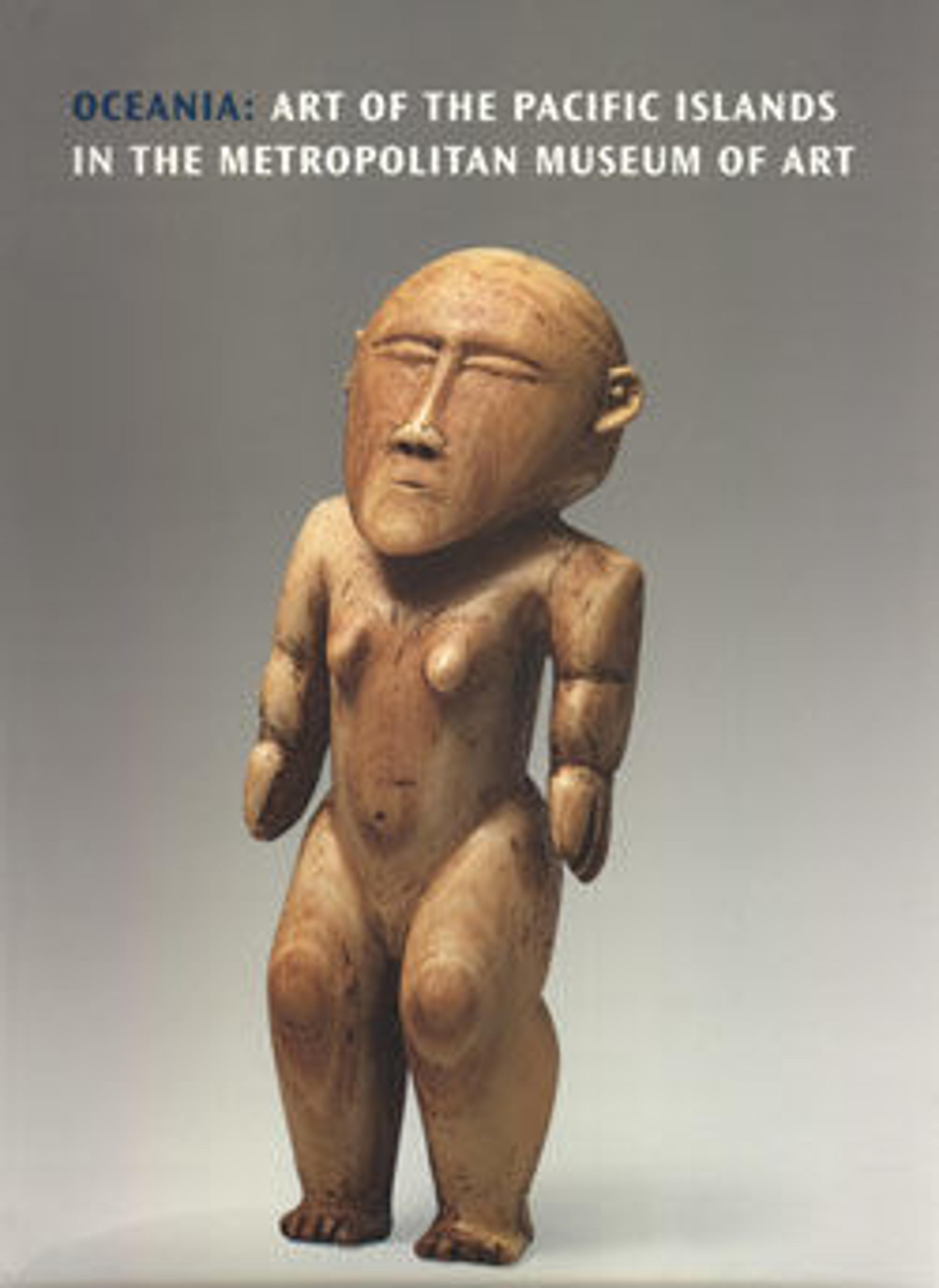Engraved Bamboo Container (Kare U Ta)
The engraved bamboo containers (kare u ta) of New Caledonia appear to have served primarily to hold blends of magical plants, whose powers protected the bearer from harm. They also may have been carried, like batons, as symbols of authority. In one oral tradition, they reportedly were used by young men when courting, their refined designs adding distinction to the suitor. The containers portray both indigenous and colonial subjects. Some scenes likely depict episodes from oral tradition, serving as illustrations and memory aids to speakers in storytelling. However, many, such as this one, also portray the colonial activities of the French, who annexed New Caledonia in 1853; these include depictions of military encampments.
Artwork Details
- Title:Engraved Bamboo Container (Kare U Ta)
- Date:mid to late 19th century
- Geography:New Caledonia
- Culture:Kanak people
- Medium:Bamboo, pigment
- Dimensions:H. 45 1/2 × Diam. 2 in. (115.6 × 5.1 cm)
- Classification:Wood-Implements
- Credit Line:The Michael C. Rockefeller Memorial Collection, Gift of Mr. and Mrs. Robert W. Campbell, 1969
- Object Number:1978.412.1555
- Curatorial Department: The Michael C. Rockefeller Wing
Audio
1739. Engraved Bamboo Container (Kare U Ta)
0:00
0:00
We're sorry, the transcript for this audio track is not available at this time. Please email info@metmuseum.org to request a transcript for this track.
More Artwork
Research Resources
The Met provides unparalleled resources for research and welcomes an international community of students and scholars. The Met's Open Access API is where creators and researchers can connect to the The Met collection. Open Access data and public domain images are available for unrestricted commercial and noncommercial use without permission or fee.
To request images under copyright and other restrictions, please use this Image Request form.
Feedback
We continue to research and examine historical and cultural context for objects in The Met collection. If you have comments or questions about this object record, please contact us using the form below. The Museum looks forward to receiving your comments.
